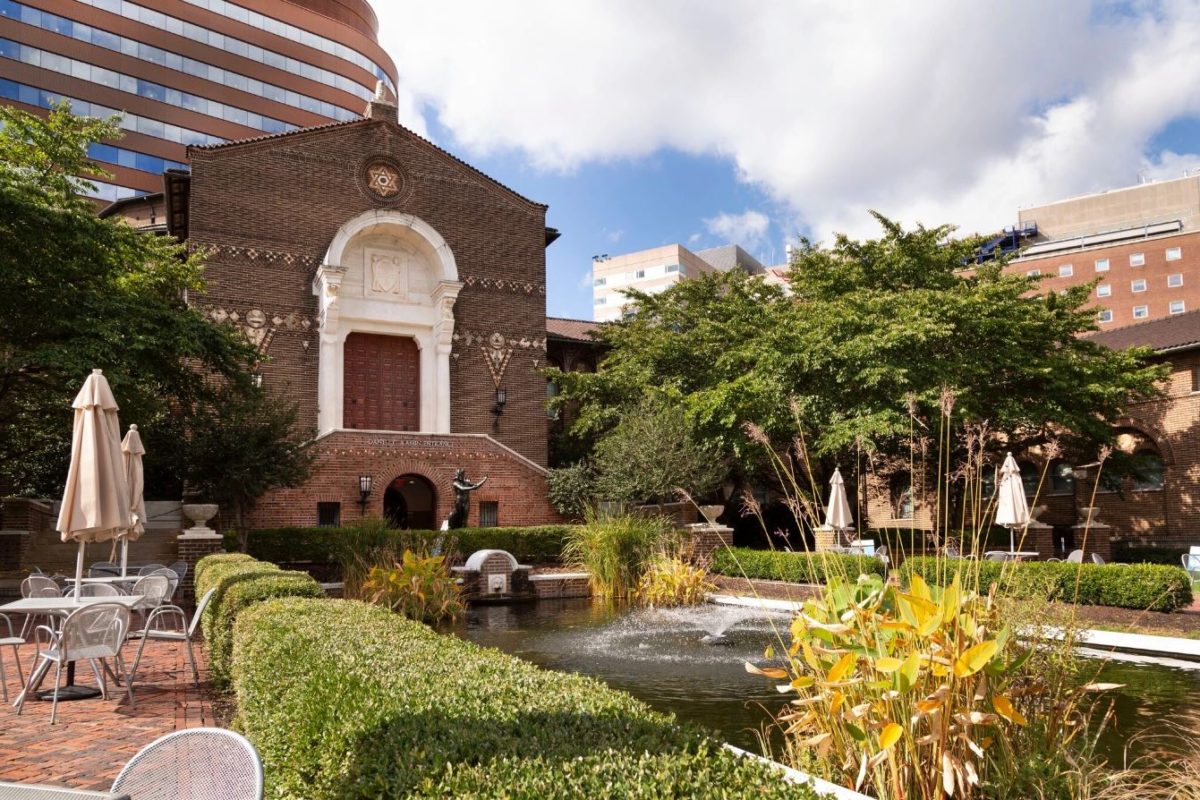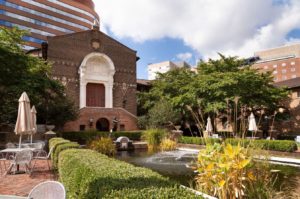

The University of Pennsylvania Museum of Archaeology and Anthropology has announced that it will open a notorious collection of 1,300 human skulls, including some from enslaved people, to repatriation claims.Credit…Universal Images Group/Getty Images
“The Morton Cranial Collection, assembled by the 19th-century physician and anatomist Samuel George Morton, is one of the more complicated holdings of the University of Pennsylvania Museum of Archaeology and Anthropology.
Consisting of some 1,300 skulls gathered around the world, it provided the foundation for Morton’s influential racist theories of differences in intelligence among races, which helped establish the now-discredited “race science” that contributed to 20th century eugenics. In recent years, part of the collection was prominently displayed in a museum classroom, a ghoulish object lesson in an infamous chapter of scientific history.
Last summer, after student activists highlighted the fact that some 50 skulls had come from enslaved Africans in Cuba, the museum moved the displayed skulls into storage with the rest of the collection. And last week, shortly after the release of outside research indicating roughly 14 other skulls had come from Black Philadelphians taken from pauper’s graves, the museum announced that the entire collection would be opened up for potential “repatriation or reburial of ancestors,” as a step toward “atonement and repair” for past racist and colonialist practices.
The announcement was the latest development in a highly charged conversation about African-American remains in museum collections, especially those of the enslaved. In January, the president of Harvard University issued a letter to alumni and affiliates acknowledging that the 22,000 human remains in its collections included 15 from people of African descent who may have been enslaved in the United States, and pledging to review its policies of “ethical stewardship.”
And now, that conversation may be set to explode. In recent weeks, the Smithsonian Institution, whose National Museum of Natural History houses the nation’s largest collection of human remains, has been debating a proposed statement on its own African-American remains.
Those discussions, according to portions of an internal summary obtained by The New York Times, have involved people who have long prioritized repatriation efforts as well as those who take a more traditional view of the museum’s mission to collect, preserve and study artifacts, and who view repatriations as potential losses to science.
In an interview last week, Lonnie G. Bunch III, the secretary of the Smithsonian, declined to characterize the deliberations but confirmed the museum was developing new guidance, which he said would be undergirded by a clear imperative: “to honor and remember.”
“Slavery is in many ways the last great unmentionable in American discourse,” he said. “Anything we can do to both help the public understand the impact of slavery, and find ways to honor the enslaved, is at the top of my list.”
